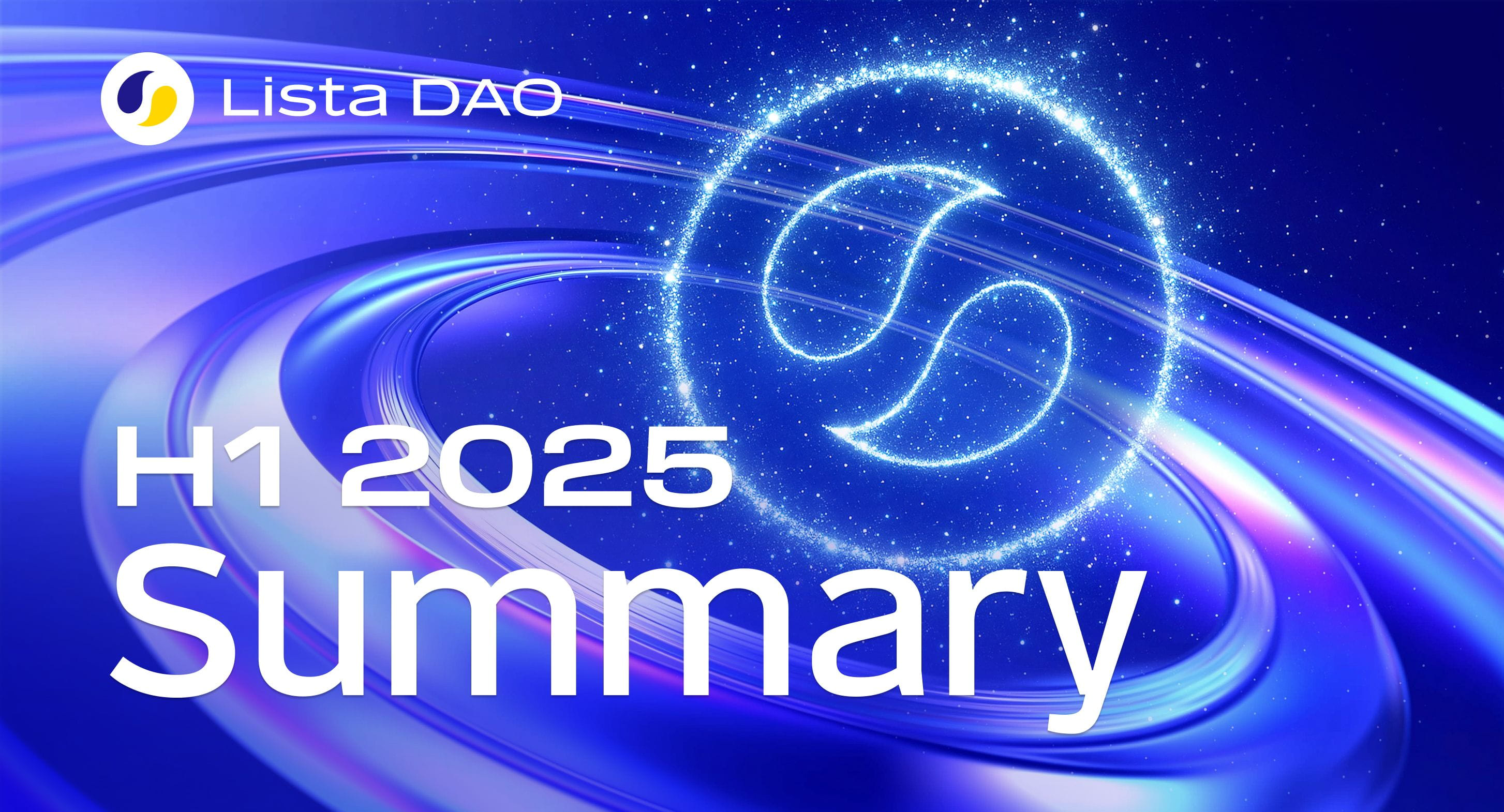In the decentralized finance (DeFi) sector, the security and liquidity of stablecoins remain core challenges. ListaDAO constructs a foundational infrastructure for the stablecoin USD1 that combines security and capital efficiency through a dual mechanism of 'excess collateral + liquid staking'. This design not only addresses the trust crisis of traditional stablecoins but also releases the liquidity of staked assets through innovative financial instruments, becoming a key guarantee for the robust operation of USD1 in the on-chain ecosystem.

1. Excess Collateral Mechanism: A Firewall Against Market Volatility
ListaDAO draws on the mature experiences of MakerDAO, requiring that the value of collateralized assets must exceed the value of borrowed stablecoins (e.g., the collateral ratio for BNB is 150%), creating a safety buffer. For example, a user collateralizing BNB worth $150 can only borrow $100 of LISUSD, thus even with a 30% fluctuation in collateral price, the system can avoid liquidation risks. This mechanism sharply contrasts with the uncollateralized model of algorithmic stablecoin UST, which easily falls into a death spiral due to the lack of collateral buffers. ListaDAO further monitors collateral value through an elastic price oracle, aggregating multi-source data to avoid single points of failure and ensuring the accuracy of liquidation triggers. As of November 2024, the total value of collateral in ListaDAO reached $455 million, supporting a circulation of $49.85 million in LISUSD, with the excess collateral ratio maintained at a healthy level over the long term.
2. Liquid Staking: Activating the Liquidity Source of USD1
ListaDAO's innovation lies in the deep integration of liquid staking with excess collateral lending. After users stake BNB, they receive liquid staking tokens slisBNB, retaining the staking yield of the original asset (approximately 33% annualized) while also using it as collateral to borrow LISUSD or directly participate in the USD1 liquidity pool. For instance, a user stakes BNB → generates slisBNB → uses it as collateral to borrow LISUSD → exchanges it for USD1 to participate in PancakeSwap mining (annualized yield of 10.68%), forming a triple yield cycle of 'staking income + lending interest spread + liquidity incentives'. This design breaks the liquidity lock-in dilemma of traditional staking, allowing liquidity providers of USD1 to enjoy the appreciation dividends of the underlying assets. Currently, ListaDAO has staked 620,000 BNB (valued at $383 million), becoming the largest liquid staking protocol on the Binance chain, providing ample liquidity reserves for USD1.
3. Innovation Zone and Dynamic Risk Control: Expanding Safety Boundaries
To enhance capital efficiency, ListaDAO established the 'Innovation Zone', introducing new liquid staking assets like WEETH and STONE as collateral. Although these assets are highly volatile, risks are controlled through higher collateral ratios (e.g., 150%-200%) and a weekly assessment mechanism (e.g., SolvBTC.BBN needs to pass community voting). At the same time, the PSM module (Peg Stability Module) allows for direct exchange between USD1 and USDT/USDC, enhancing price anchoring capability; the D3M module (Direct Minting Module) automatically injects LISUSD into lending protocols like Venus, expanding the application scenarios of USD1. This layered design enriches the liquidity sources of USD1 while ensuring system robustness through dynamic adjustments of collateral parameters.
4. Governance and Compliance: The Ultimate Guarantee of Decentralized Security
ListaDAO achieves decentralized governance through the LISTA token, allowing holders to vote on key settings such as collateral types and liquidation parameters. For example, the community recently voted to include USD1 as a collateral option in the Innovation Zone, enabling it to participate directly in CDP lending. Additionally, its predecessor, Helio Protocol, enhanced security through smart contract audits and a bug bounty program, while the compliance endorsement provided by WLFI, supported by the Trump family behind USD1, further strengthened market confidence.
Conclusion
ListaDAO builds an ecosystem for USD1 that balances stability and vitality through the 'rigid security' of excess collateral and the 'flexible efficiency' of liquid staking. In the future, with the advancement of multi-chain expansion and re-staking functions (e.g., Karak integration), this security foundation is expected to propel USD1 to become a core hub connecting CeFi and DeFi.



